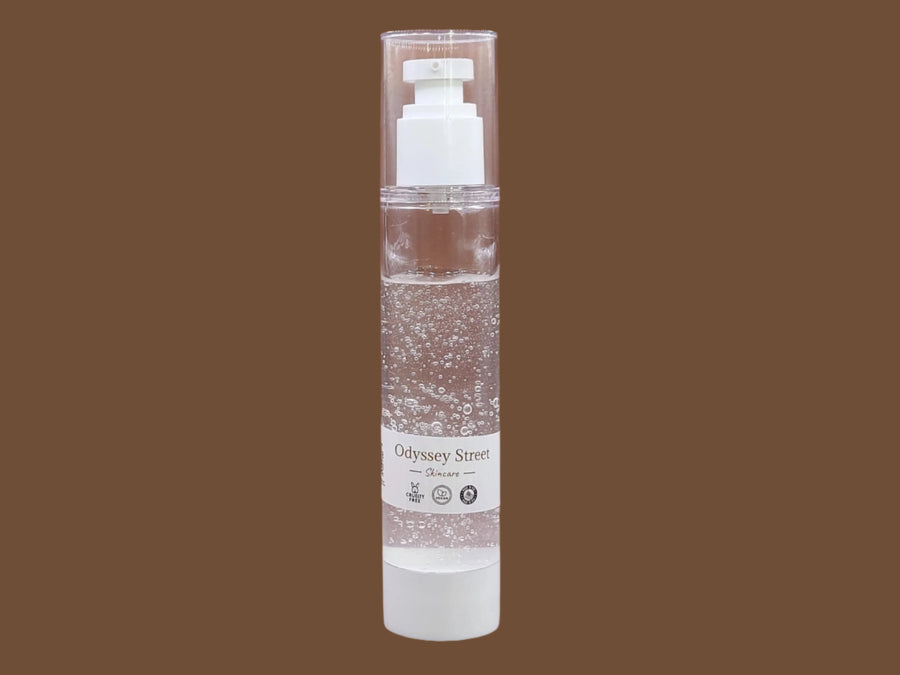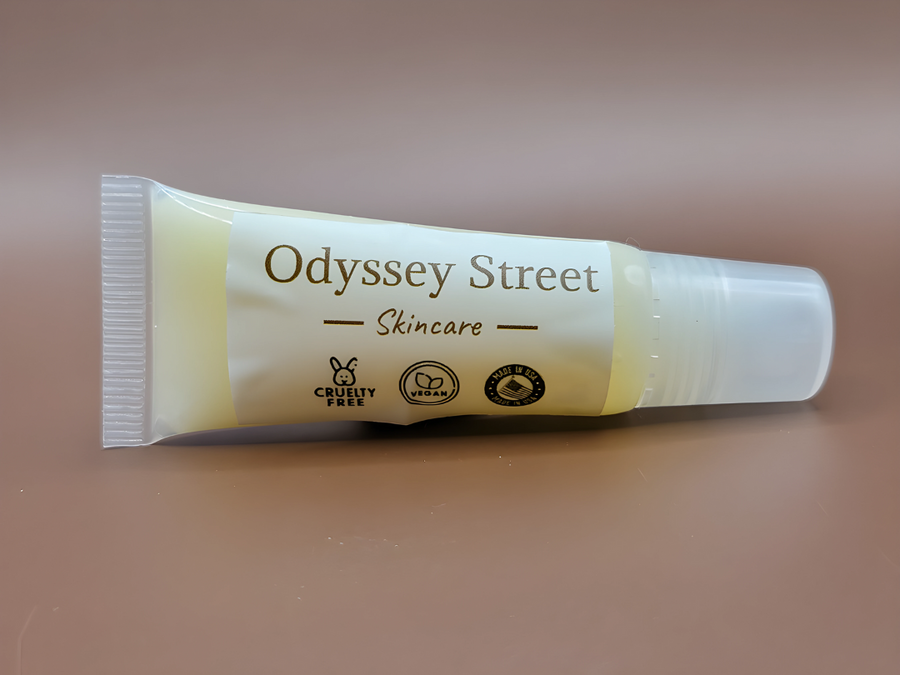Combatting Sun Damage: Essential Skincare Tips for Outdoor Athletes
Outdoor athletes know the exhilaration of pushing their limits in nature's playground. Whether it's running, cycling, swimming, or playing team sports, being outdoors offers unparalleled freedom and joy. However, prolonged exposure to the sun can take a toll on your skin. Sun damage is not just about sunburns—over time, it can lead to premature aging, hyperpigmentation, and an increased risk of skin cancer. To help you protect your skin while enjoying your favorite outdoor activities, we’ve compiled a comprehensive guide on essential skincare tips for outdoor athletes.
Understanding Sun Damage: The Basics
Before diving into the skincare tips, it’s crucial to understand what sun damage is and how it affects your skin. Sun damage occurs when the skin is overexposed to ultraviolet (UV) radiation from the sun. There are two main types of UV rays that impact your skin:
- UVA Rays: These penetrate deep into the skin and are primarily responsible for premature aging, causing wrinkles and age spots.
- UVB Rays: These are responsible for sunburn and play a significant role in developing skin cancer.
Prolonged exposure to these rays can break down collagen and elastin, leading to sagging skin and loss of elasticity. Even on cloudy days, up to 80% of UV rays can penetrate your skin, making daily protection essential.
1. Apply Broad-Spectrum Sunscreen Daily
The cornerstone of sun protection is a broad-spectrum sunscreen that protects against both UVA and UVB rays. Outdoor athletes should choose a sunscreen with at least SPF 30, but SPF 50 is ideal for extended outdoor activities.
- Application Tips: Apply sunscreen 15-30 minutes before heading outside to allow it to fully absorb into the skin. Don’t forget often-missed areas like the ears, back of the neck, and tops of the feet.
- Reapplication: Reapply every two hours, or more frequently if you’re sweating heavily or swimming. For convenience, consider using a water-resistant formula.
2. Wear Protective Clothing
While sunscreen is vital, physical barriers like clothing provide additional protection against the sun. UPF (Ultraviolet Protection Factor) clothing is designed specifically to block UV rays.
- What to Wear: Look for long-sleeve shirts, pants, and hats made from UPF-rated fabrics. A wide-brimmed hat offers excellent protection for your face, ears, and neck.
- Sunglasses: Protect your eyes from UV damage with sunglasses that offer 100% UV protection. Polarized lenses can also reduce glare, making it easier to see while you’re out on the field or track.
3. Hydrate Your Skin from the Inside Out
Hydration is essential for keeping your skin healthy, especially when you’re spending long hours outdoors. Dehydrated skin is more prone to damage and less able to repair itself after exposure to the sun.
- Drink Plenty of Water: Aim to drink at least 8 glasses of water a day, more if you’re engaging in strenuous activity. Electrolyte-rich drinks can also help replenish lost minerals.
- Hydrating Skincare: Use a moisturizer with hyaluronic acid or glycerin to lock in moisture and keep your skin supple. Consider a hydrating mist for a quick refresh during your workout.
4. Incorporate Antioxidants into Your Skincare Routine
Antioxidants are powerful allies in the fight against sun damage. They help neutralize free radicals generated by UV exposure, reducing oxidative stress and preventing premature aging.
- Vitamin C Serum: Incorporate a vitamin C serum into your morning routine to brighten your skin and boost your sunscreen’s effectiveness.
- Vitamin E and Green Tea: These antioxidants can also be found in skincare products and are great for soothing and protecting sun-exposed skin.
5. Repair and Soothe After Sun Exposure
No matter how diligent you are with sunscreen, some sun exposure is inevitable. Post-activity skincare is crucial to repair and soothe your skin.
- After-Sun Care: Look for products with aloe vera, calendula, or niacinamide to calm and hydrate your skin after sun exposure.
- Gentle Cleansing: Use a gentle cleanser to remove sweat, dirt, and sunscreen without stripping your skin of its natural oils. Avoid hot water, as it can further dehydrate your skin.
6. Be Mindful of Your Environment
Different environments present unique challenges for your skin. Whether you’re at the beach, in the mountains, or on the open road, tailor your skincare routine to your surroundings.
- Beach and Water Sports: Opt for a water-resistant sunscreen and reapply it often. Saltwater and chlorine can dry out your skin, so be sure to moisturize afterward.
- High Altitude: UV radiation increases with altitude, so apply sunscreen generously and cover up as much as possible. The air is also drier, so prioritize hydration.
- Cold Weather: Don’t skip sunscreen in colder climates. Snow reflects UV rays, increasing your exposure. Use a heavier moisturizer to combat dry, chapped skin.
7. Regular Skin Checks
Finally, regular skin checks are essential for early detection of any potential skin issues, including skin cancer.
- Self-Examinations: Perform regular self-examinations to look for new moles or changes in existing ones. Pay attention to asymmetry, irregular borders, color changes, and size.
- Dermatologist Visits: Schedule an annual visit to a dermatologist, especially if you’re frequently exposed to the sun. Early detection of skin cancer dramatically improves the prognosis.
Conclusion
Outdoor sports and activities are a great way to stay fit and connect with nature, but it’s important to protect your skin from sun damage. By incorporating these essential skincare tips into your routine, you can enjoy the outdoors while keeping your skin healthy and youthful. Remember, consistency is key—make sun protection a daily habit, and your skin will thank you in the long run.






















Leave a comment